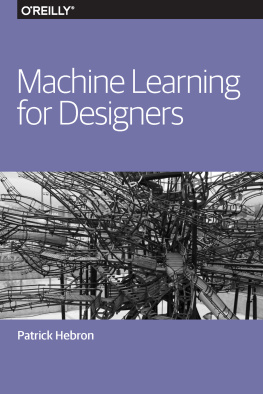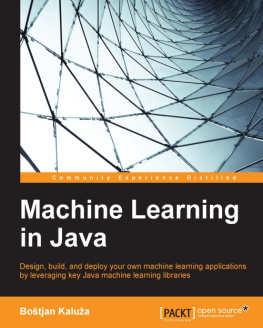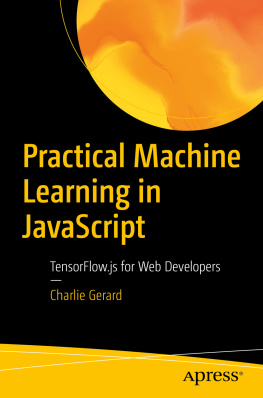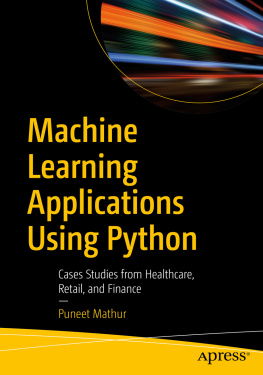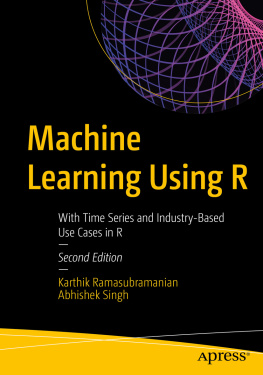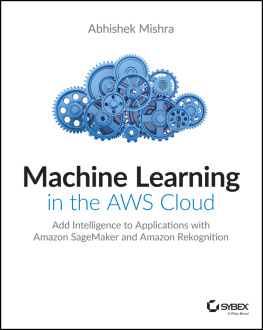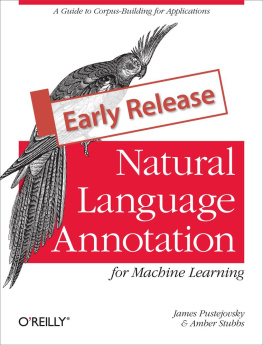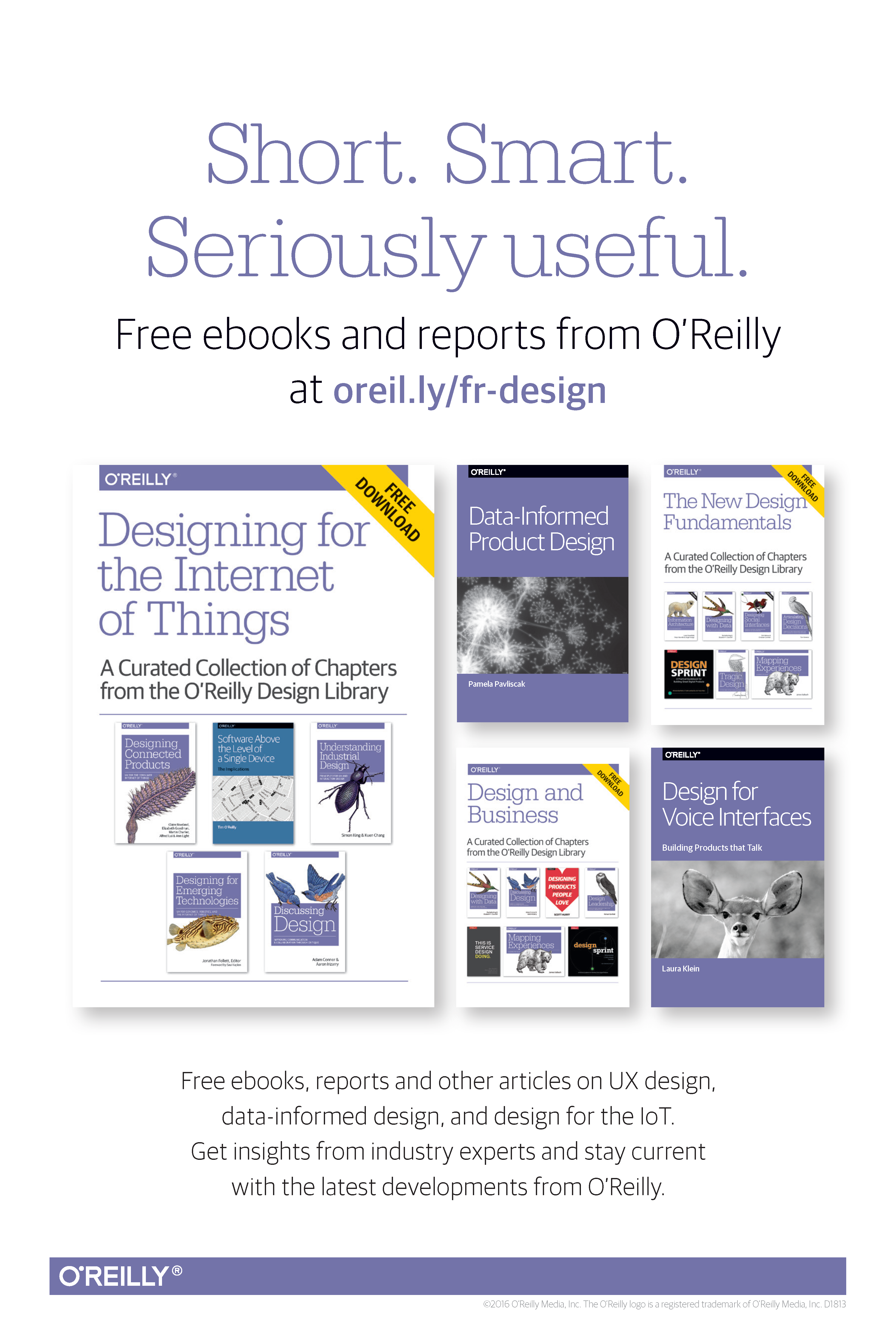A Different Kind of Logic
In our everyday communication, we generally use what logicians call fuzzy logic. This form of logic relates to approximate rather than exact reasoning. For example, we might identify an object as being very small, slightly red, or pretty nearby. These statements do not hold an exact meaning and are often context-dependent. When we say that a car is small, this implies a very different scale than when we say that a planet is small. Describing an object in these terms requires an auxiliary knowledge of the range of possible values that exists within a specific domain of meaning. If we had only seen one car ever, we would not be able to distinguish a small car from a large one. Even if we had seen a handful of cars, we could not say with great assurance that we knew the full range of possible car sizes. With sufficient experience, we could never be completely sure that we had seen the smallest and largest of all cars, but we could feel relatively certain that we had a good approximation of the range. Since the people around us will tend to have had relatively similar experiences of cars, we can meaningfully discuss them with one another in fuzzy terms.
Computers, however, have not traditionally had access to this sort of auxiliary knowledge. Instead, they have lived a life of experiential deprivation. As such, traditional computing platforms have been designed to operate on logical expressions that can be evaluated without the knowledge of any outside factor beyond those expressly provided to them. Though fuzzy logical expressions can be employed by traditional platforms through the programmers or users explicit delineation of a fuzzy term such as very small, these systems have generally been designed to deal with boolean logic (also called binary logic), in which every expression must ultimately evaluate to either true or false. One rationale for this approach, as we will discuss further in the next section, is that boolean logic allows a computer programs behavior to be defined as a finite set of concrete states, making it easier to build and test systems that will behave in a predictable manner and conform precisely to their programmers intentions.
Machine learning changes all this by providing mechanisms for imparting experiential knowledge upon computing systems. These technologies enable machines to deal with fuzzier and more complex or human concepts, but also bring an assortment of design challenges related to the sometimes problematic nature of working with imprecise terminology and unpredictable behavior.
A Different Kind of Development
In traditional programming environments, developers use boolean logic to explicitly describe each of a programs possible states and the exact conditions under which the user will be able to transition between them. This is analogous to a choose-your-own-adventure book, which contains instructions like, if you want the prince to fight the dragon, turn to page 32. In code, a conditional expression (also called an if-statement) is employed to move the user to a particular portion of the code if some pre defined set of conditions is met.
In pseudocode, a conditional expression might look like this:
if ( mouse button is pressed and mouse is over the 'Login'button ),then show the 'Welcome' screen
Since a program comprises a finite number of states and transitions, which can be explicitly enumerated and inspected, the programs overall behavior should be predictable, repeatable, and testable. This is not to say, of course, that traditional programmatic logic cannot contain hard-to-foresee edge-cases, which lead to undefined or undesirable behavior under some specific set of conditions that have not been addressed by the programmer. Yet, regardless of the difficulty of identifying these problematic edge-cases in a complex piece of software, it is at least conceptually possible to methodically probe every possible path within the choose-your-own-adventure and prevent the user from accessing an undesirable state by altering or appending the programs explicitly defined logic.
The behavior of machine learning systems, on the other hand, is not defined through this kind of explicit programming process. Instead of using an explicit set of rules to describe a programs possible behaviors, a machine learning system looks for patterns within a set of example behaviors in order to produce an approximate representation of the rules themselves.

